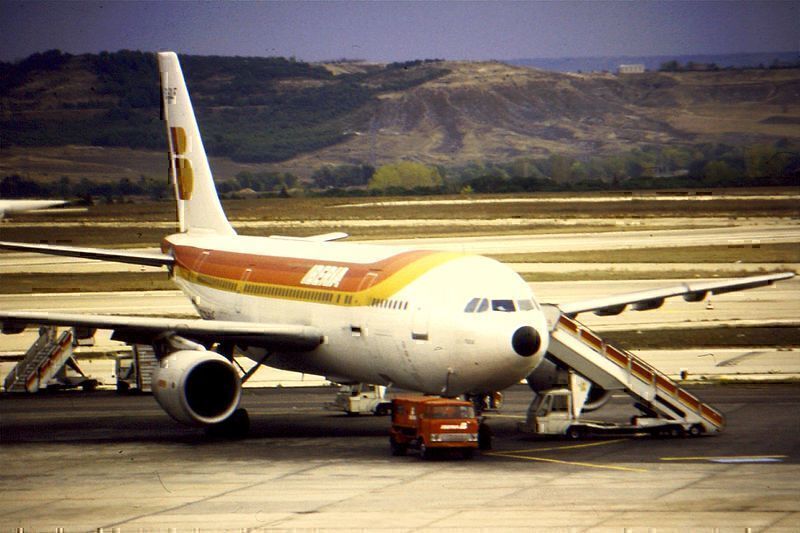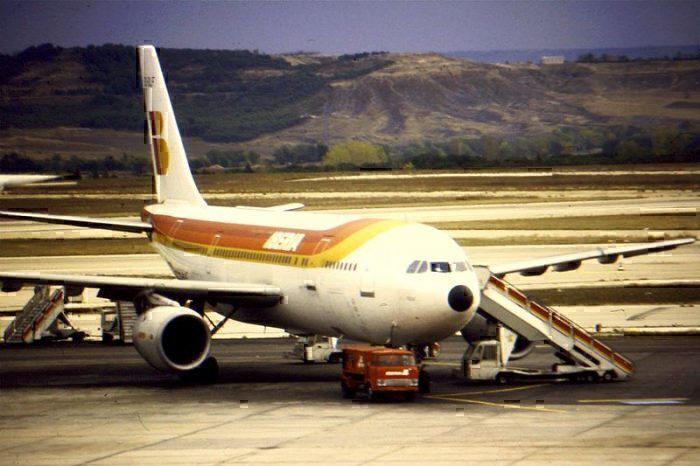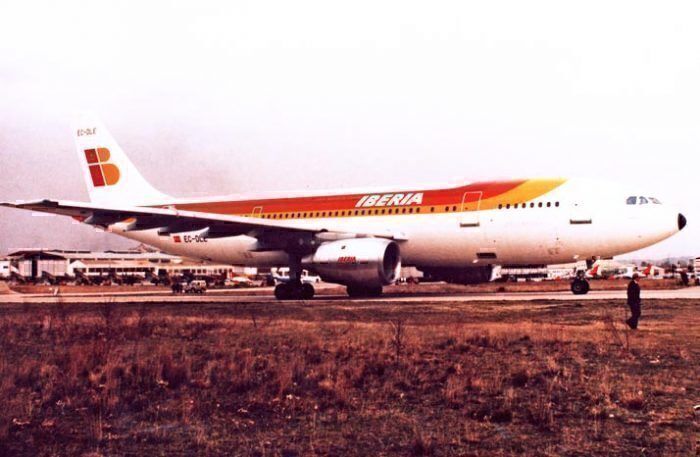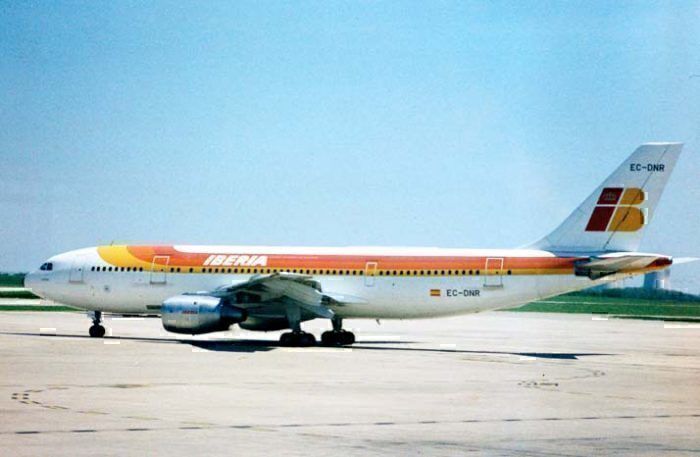Today, we take a look at what happened to Spanish national flag carrier Iberia’s Airbus A300 Aircraft. Before we get into the aircraft and their fate lets first have a look at the Airbus A300 and see what role it played in Iberia’s fleet.
Taking to the skies in 1972, the Airbus A300 was the world’s first widebody twin-aisle aircraft to enter service with airlines.
The Airbus A300 became a popular cargo plane
After a slow start with sales, the Airbus A300 gained a reputation for being a reliable and economical aircraft to operate and was deployed by airlines on short and medium-haul routes.
The A300 also became a popular cargo plane and is still being flown by freight airlines United Parcel Service and Federal Express. Today, around 200 of the 650 European made planes are still in service and are expected to be operational in 2025.
Iberia’s first Airbus A300 arrived in 1981
Baptized with familiar Spanish geographical names, the first of Iberia’s eight Airbus A300 aircraft arrived in January of 1981. Named 'Donana', the Airbus carried the registration number EC-DLE.
This was soon followed by Canadas del Teide, registration number EC-DLF, two months later. Tablas de Daimiel, registration number EC-DLG, and Aigües Tortes, registration number EC-DLH, subsequently arrived in April of the same year.
The price at the time, according to Spanish daily newspaper El Pais was $38.5 million per unit.
In February of 1982, two more A300B4-120s arrived from Toulouse, named Islas Cies and Ordesa with the corresponding registration numbers of EC-DNQ and EC-DNR.
According to Iberia, at the time the aircraft represented the best of European design and were to be used on short and medium-haul routes within Europe and the Canary Islands.
The first four aircraft were deployed on routes serving London, Paris, Frankfurt together with Malaga and the Canary Islands domestically. All A300s delivered to Iberia required a three-person crew to fly and were equipped to accommodate 26 passengers in first class and 225 passengers in economy class.
Following a gap of seven years, Iberia purchased two Airbus A300s from the now-defunct holiday operator Britannia Airways in 1989. The planes were renamed Penalara and Covadonga and had the respective registration numbers of EC-EON and EC-EOO.
Why did Iberia get rid of their Airbus A300s?
Iberia’s A300s were getting a bit long in the tooth by the time the 1990s rolled around. The trend in the airline industry both in Europe and North America was to start using smaller aircraft with more frequencies on short-haul routes.
By doing this Iberia was able to increase connection possibilities, giving passengers more choices.
Other than flights to the Canary Islands which they could still operate using newer A340s Iberia had no need for high capacity aircraft on short-haul European routes.
After 21 years of service Iberia finally retired its last two Airbus A300 aircraft in June of 2002 following a flight from Madrid to Tenerife in the Canary Islands.
All of Iberia’s Airbus A300s were scrapped and remain in Spain except for EC-EON which was scrapped in Tehran in 2006.




